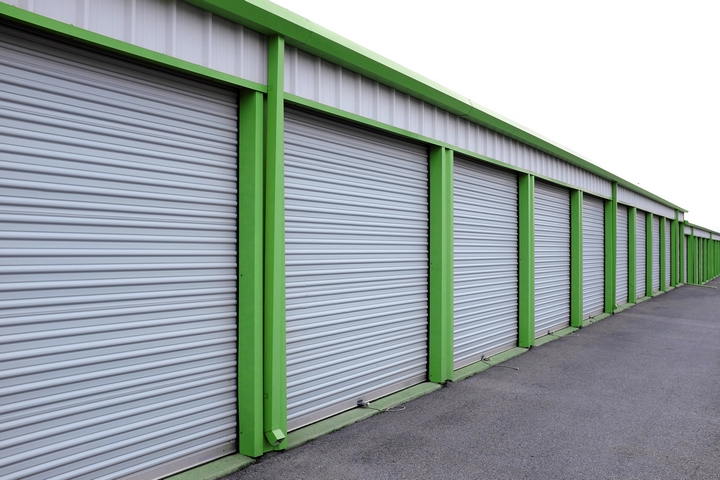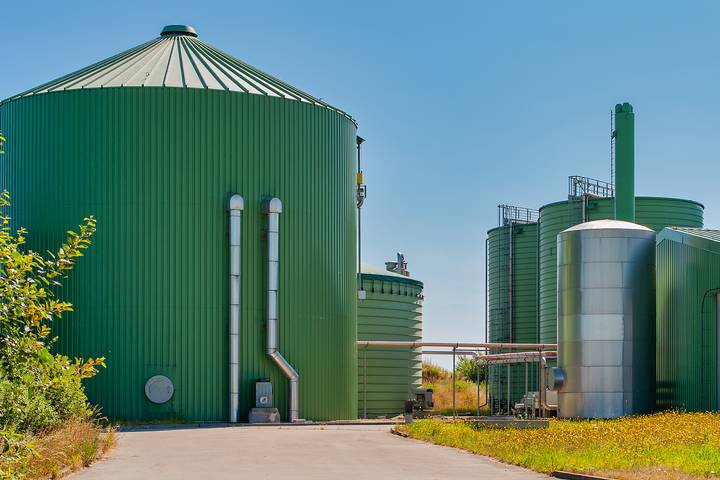Biogas weaponizes the eco-friendly, natural breakdown of organic matter and turns it into environmentally friendly, renewable energy. Biogas comes from sources such as food scraps and animal waste.
Microorganisms break these materials down in a process known as anaerobic digestion. This is done when the waste is in an oxygen-free environment. Biogas has several applications, from being able to fuel vehicles to heating homes and helping to generate electricity.
This is what biogas is used for.
1. How Biogas Is Made
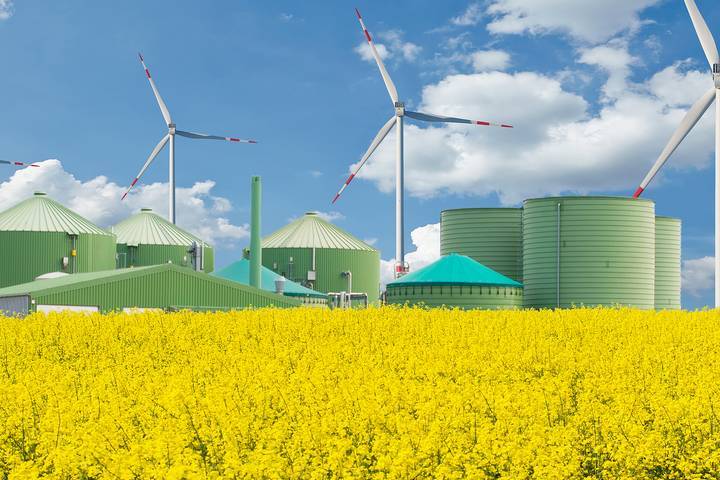
Biogas is produced naturally in the environment but can also be produced industrially and intentionally to create fuel.
2. What Waste Is Used To Make Biogas
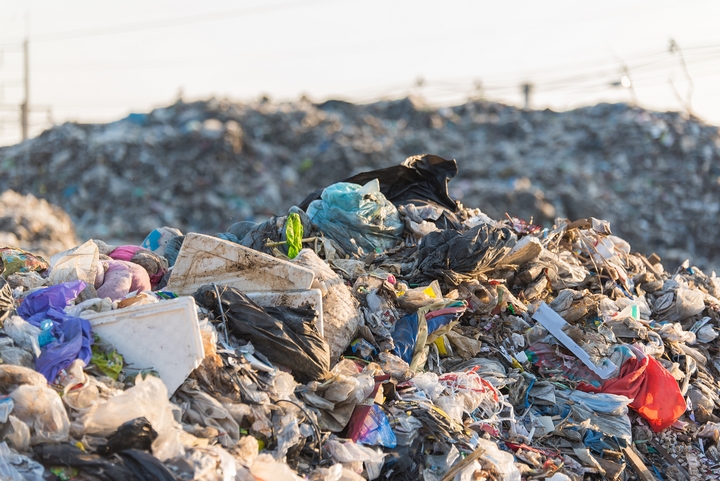
Biogas can come from animal manure, municipal waste, plant material, food waste, and sewage. A wide variety of waste materials can be used to make biogas.
3. Why Biogas Is Eco-Friendly
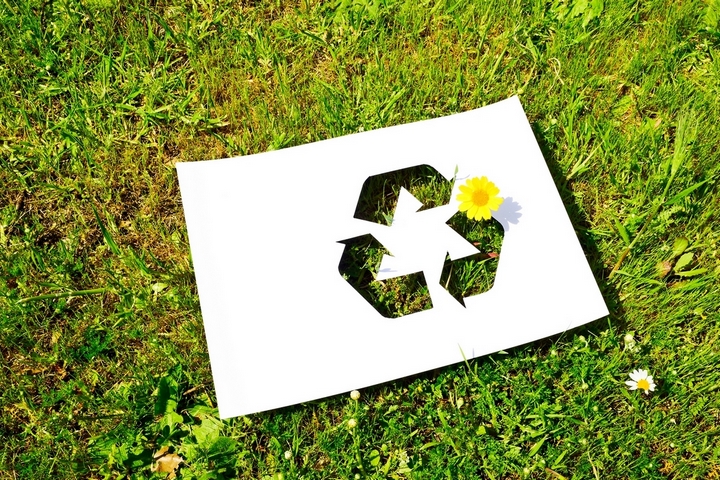
Biogas upgrading equipment utilize waste products that are naturally decaying and that are present in our environment regardless.
By converting them into energy, we prevent harm to our environment. It’s also been put forth to control and manage agricultural waste. It is argued that biogas could create a circular economy on some farms where animal waste is converted into biogas and used to fuel a farm’s machinery.
4. How Much Biogas Is Out There
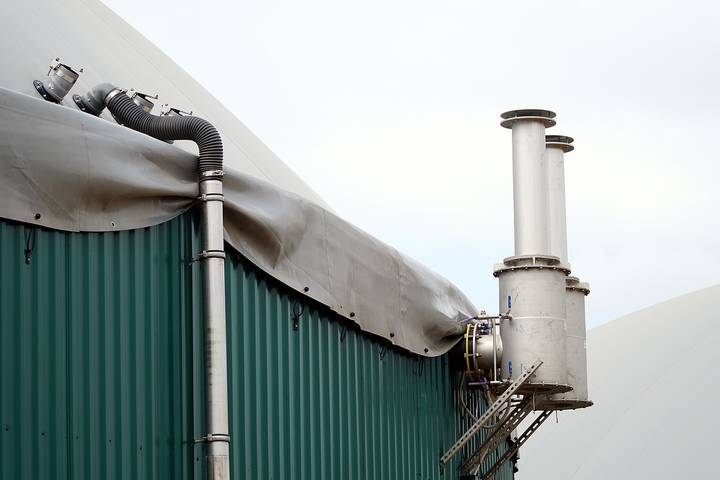
If we as a society made a determined effort to maximize the use of biogas, what is out there is vast. It is believed that up to 103 trillion kilowatt hours of electricity could be produced annually in the US alone on biogas.
This is the equivalent of reducing the emissions of 117 million passenger vehicles and taking them off the road. These are massive emission savings.
5. Biogas Can Fuel Vehicles

Biogas is a high-quality source of fuel for vehicles when it is compressed. As a transportation fuel, biogas can be used in everything from cars and vehicles on the road to far larger vehicles, including planes.
Many argue that biogas will play a fundamental role in initiatives and efforts to net the aviation industry zero in the next decade.
6. Biogas Can Replace Natural Gas In Homes

Biogas is a dirty fuel source, but once it’s been cleaned and upgraded to natural gas standards, the result is biomethane. This is very similar to methane, aka natural gas.
Biomethane can then be applied in cooking and heating in residential settings. When compared to similar fuels, biogas produces far less pollution.
7. Biogas Can Be A Way To Redirect Food Waste
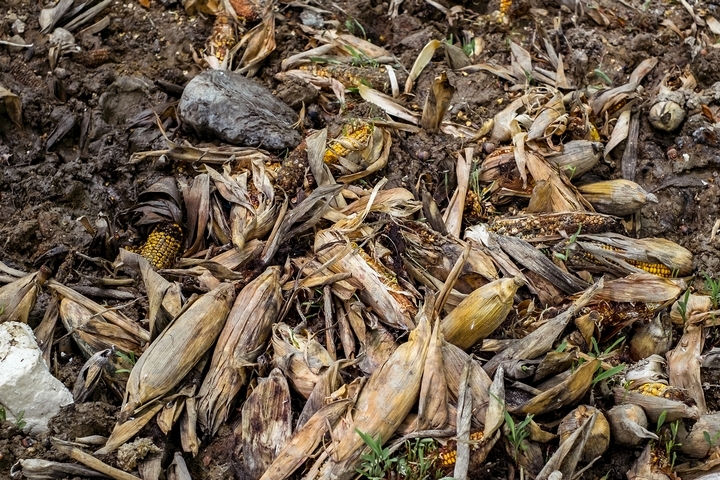
Every year, households, hospitality, food service, manufacturing, retail, and wholesale generate millions of tons of food waste. If effort was made to collect this food waste and convert it into biogas, hundreds of thousands of homes could be powered.
8. Biogas Can Save Landfill Space
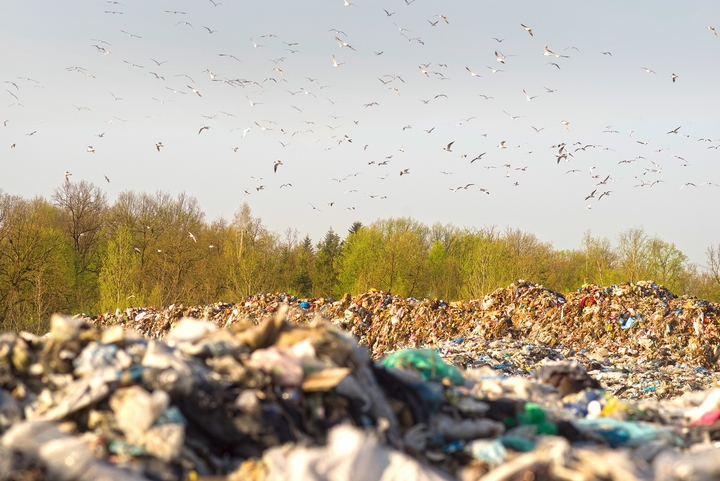
Did you know that 24% of all landfill solid waste is food? That’s more than any other material in the trash.
Biogas is an opportunity to remove roughly a quarter of what is going into our landfills, freeing up more space while turning our waste into energy.
9. Biogas Can Provide Small-Scale Electricity

In rural areas, remote areas, or small-scale residential settings, biogas can produce enough energy and electricity to provide fairly consistent power. We know this from China, which is the leader in biogas worldwide.
Approximately 50 million households in China use biogas. Most of these are small-scale homes and villages.
10. Biogas Is Used To Make Methanol
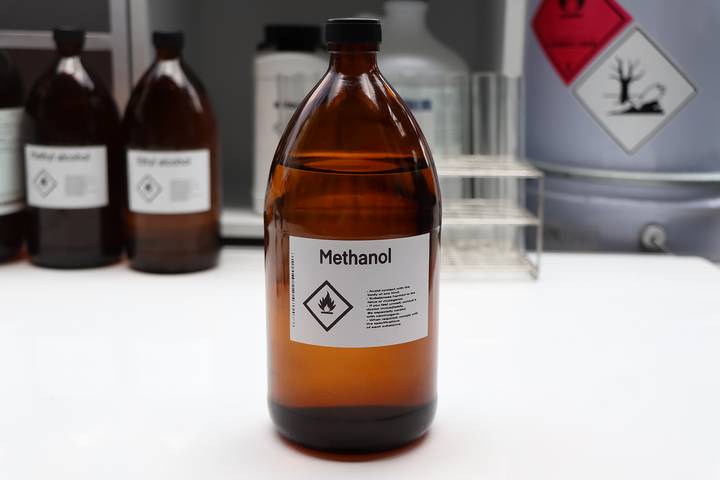
Biogas is used in the production of methanol. This is a chemical that is applied in a wide array of popular consumer products, from synthetic fabrics and fibres to acrylic plastic, adhesive, paint, and certain types of plywood used in construction. It is also frequently used as an agent in the pharmaceuticals and agrichemical industries.
11. Biogas Can Help With Water Resource Recovery
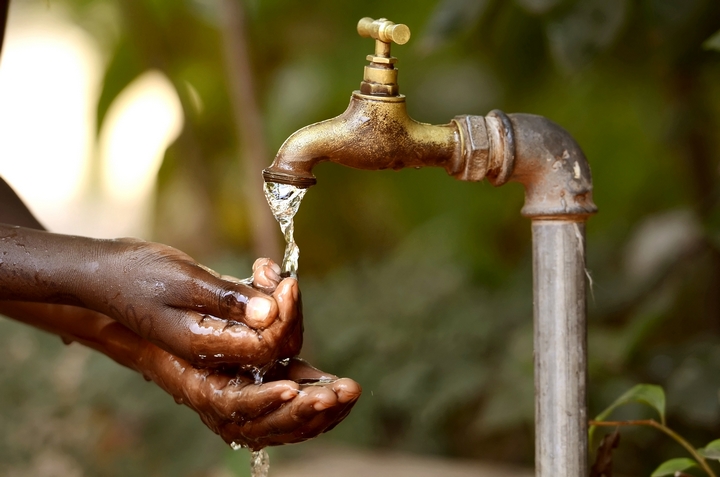
Water resource recovery is the extraction of clean water from industrial wastewater. This reclaimed water is then recycled and reused for processes such as a cooling tower or can be sold for commercial purposes, such as irrigation. Biogas can aid with providing electricity to water resource recovery.
12. Biogas For Fertilizer
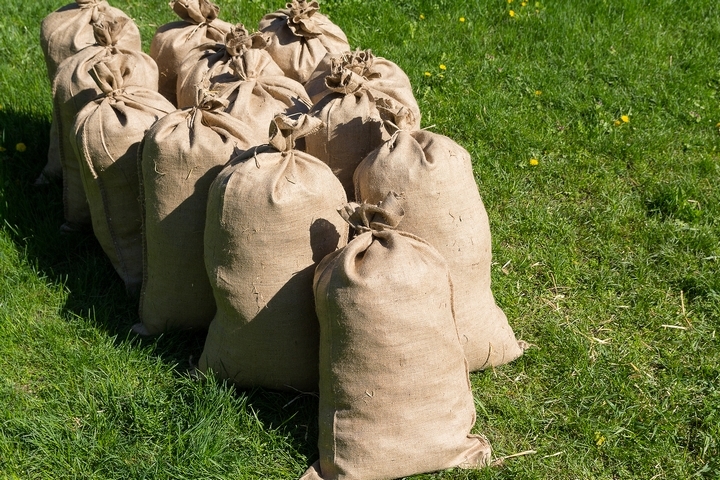
Biogas can act as a fertilizer on farms and in gardens. Biogas produced as a fertilizer contains many biologically active substances, such as amino acids, trace elements, plant growth hormone assassination, B vitamins, and certain antibiotic compounds.
It is a highly effective and eco-friendly way to treat soil, improving soil quality and treating insects.
13. Biogas Is Not Biomass
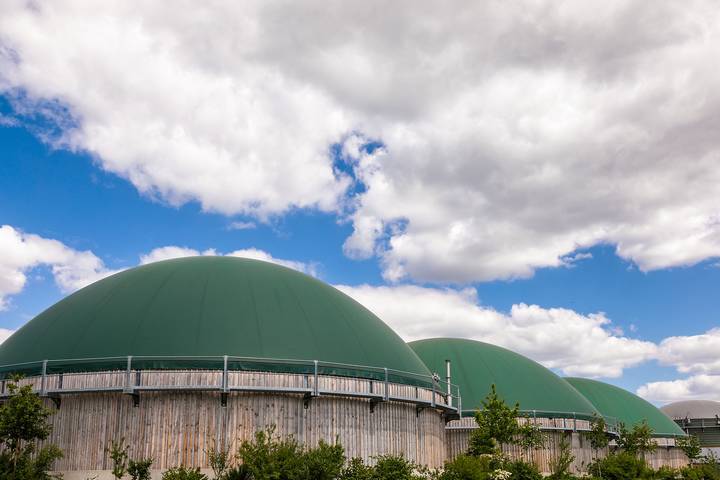
Biomass is a solid organic material. Biomass can run electricity stations via compressed wood pellets, a by-product of timber and furniture-making. Biomass enables renewable energy production. It is not biogas.
As biomass decomposes, this is where biogas is produced. In a sense, biomass is raw material, while biogas is the end-product.




